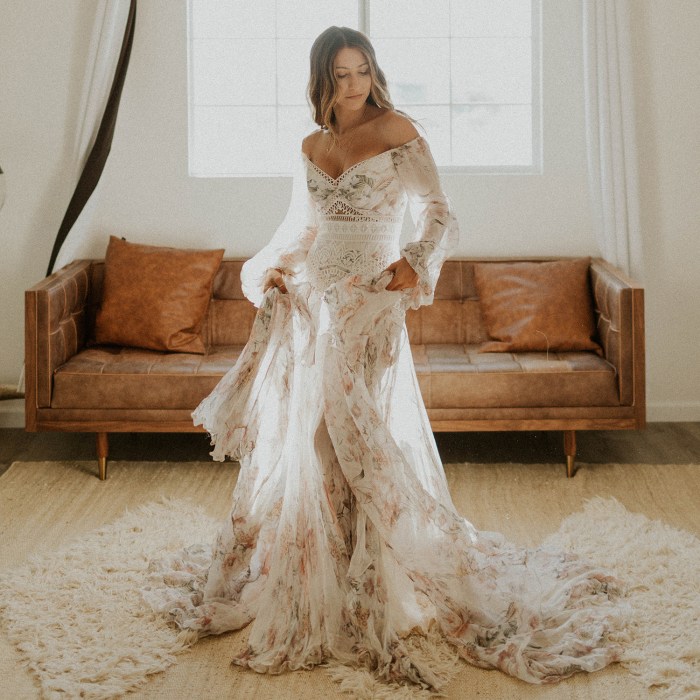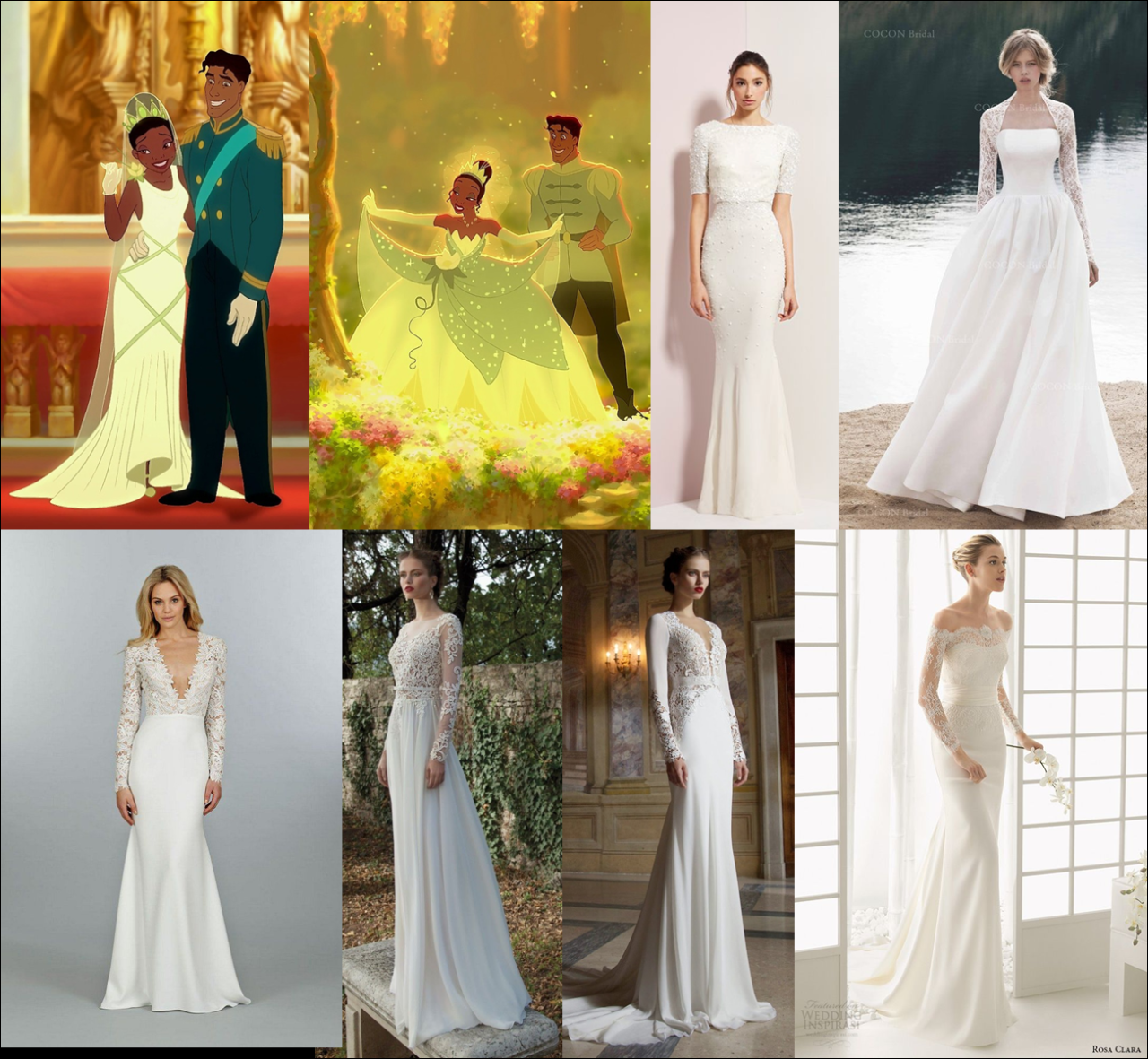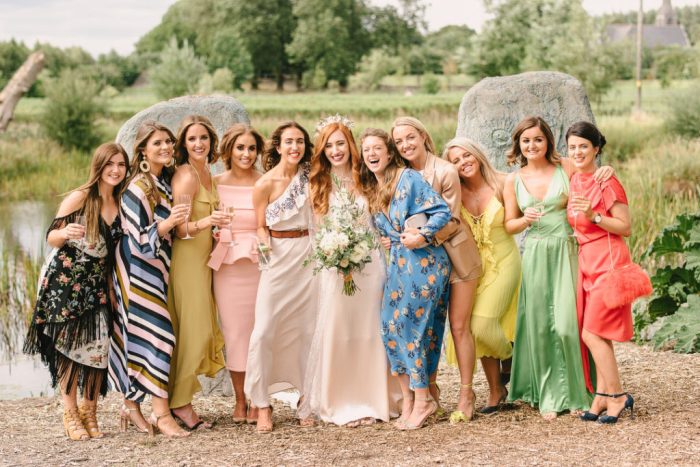Wedding Dress Shopping: A Comprehensive Guide
When to start looking for a wedding dress – Finding the perfect wedding dress is a significant milestone in wedding planning. This guide provides a structured approach to navigating the dress shopping journey, addressing key timelines, influencing factors, and potential challenges. By understanding the process and planning accordingly, brides can enjoy a stress-free and rewarding experience.
Wedding Planning Timeline: The Ideal Timeframe, When to start looking for a wedding dress
A well-defined timeline is crucial for successful wedding planning. This includes allocating sufficient time for dress shopping, allowing for alterations and potential delays. The timeline will vary based on the wedding’s size, complexity, and the bride’s preferences.
| Timeline Type | Dress Shopping Start Date | Dress Shopping Duration | Other Key Milestones |
|---|---|---|---|
| Small, Simple Wedding (6-12 months out) | 9-12 months before the wedding | 2-3 months | Venue booking, photographer, caterer |
| Medium-Sized Wedding (12-18 months out) | 12-15 months before the wedding | 3-4 months | Invitations, florist, entertainment |
| Large, Complex Wedding (18+ months out) | 15-18 months before the wedding | 4-6 months | Wedding planner, accommodation, transportation |
The impact of the wedding season is significant. Spring and fall weddings are highly popular, leading to increased demand for dresses and potentially longer lead times. Brides planning a wedding during peak seasons should start their dress search earlier to ensure availability.
Factors Influencing Dress Shopping Start Date
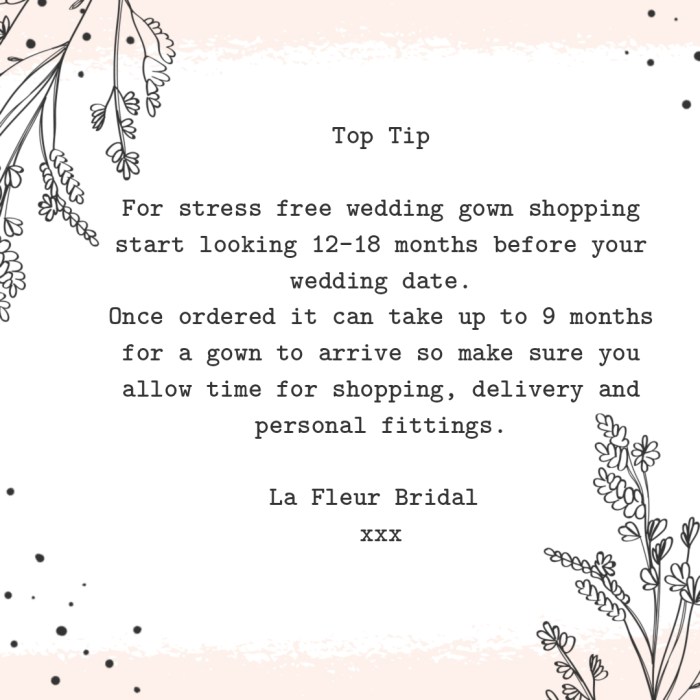
Source: co.uk
Several factors influence the optimal time to begin dress shopping. These include dress style, budget, designer availability, and the time needed for alterations. Starting early allows for more options and avoids last-minute stress, while starting later might offer better sales or unexpected finds.
Brides who started early often report a more relaxed experience, allowing for thorough research and multiple appointments. Those who started later might face limited availability or rushed alterations. For example, a bride who started 12 months out secured her dream dress, while a bride who started 6 months out had limited options and faced rushed alterations.
Plus-size brides, brides with unique body types, and those on a tight budget require careful planning. Plus-size brides might benefit from seeking out specialized boutiques, while brides on a budget can explore sample sales or off-the-rack options. Early planning is key for all to ensure sufficient time for alterations and customizations.
The Dress Shopping Process: Steps and Considerations
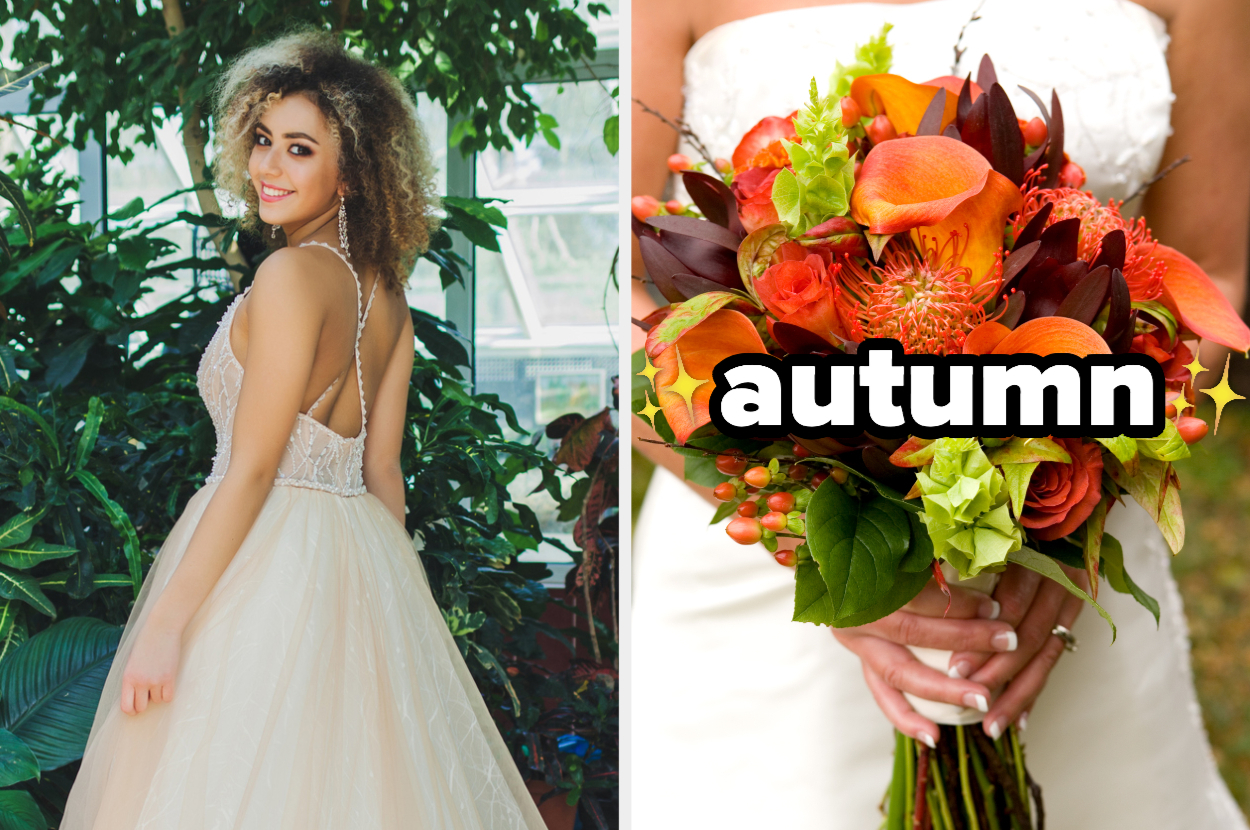
Source: buzzfeed.com
The dress shopping process involves research, appointments, selection, ordering, and alterations. Careful planning and a supportive entourage are vital for a positive experience.
- Bring photos of desired styles
- Wear comfortable undergarments
- Bring shoes similar to wedding shoes
- Consider your budget and payment plan
- Note the dress style, designer, and size
A supportive entourage offers valuable perspectives and emotional support. Ideal shopping companions are honest, encouraging, and respectful of the bride’s preferences. They should avoid overwhelming the bride with their opinions and prioritize her happiness.
Addressing Common Concerns and Challenges
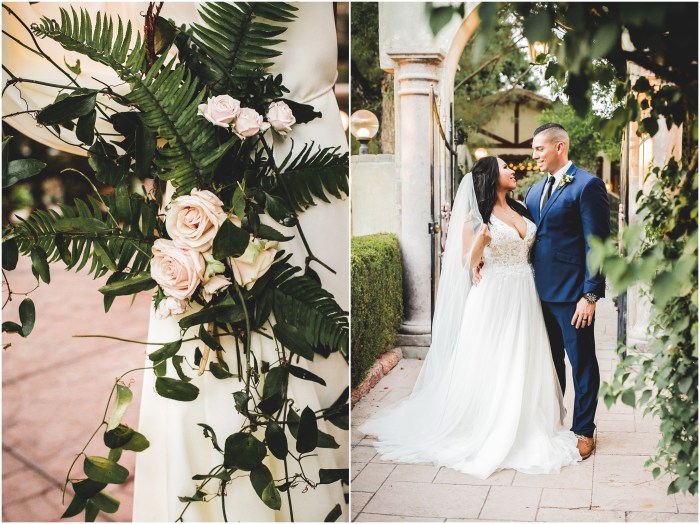
Source: photobiz.com
Budget constraints, finding the “perfect” dress, and pressure from family and friends are common challenges. Maintaining a positive attitude and setting realistic expectations are key to managing stress. Effective communication with bridal shop consultants ensures a smooth process.
Open communication with family and friends about dress preferences helps to minimize pressure. Setting a realistic budget and sticking to it prevents financial stress. Remember that the “perfect” dress is subjective and the most important aspect is that the bride feels beautiful and confident.
Post-Purchase Procedures and Considerations
After purchasing the dress, the bride needs to arrange for alterations, preservation, and storage. A detailed budget breakdown helps manage expenses and avoid unexpected costs.
| Item | Estimated Cost | Notes | Actual Cost |
|---|---|---|---|
| Dress | $1500 – $3000 | Varies based on designer and style | |
| Alterations | $300 – $800 | Depends on the extent of alterations needed | |
| Accessories (veil, jewelry) | $100 – $500 | Optional, but adds to the overall look | |
| Preservation | $100 – $300 | Essential for long-term storage |
Commonly Asked Questions: When To Start Looking For A Wedding Dress
What if I don’t find a dress I love within my initial timeframe?
Don’t panic! Extend your search. Consider different designers, styles, or even boutiques. Remember, finding the perfect dress takes time.
How many appointments should I schedule?
Plan for several appointments to avoid feeling rushed. Three to five is a good starting point, allowing you to compare styles and experiences.
Can I bring more than a few people to my appointments?
Ideally, you should begin your wedding dress search around 9-12 months before your wedding date, allowing ample time for alterations. This timeframe lets you explore various styles, and if you’re drawn to elegant designs, you might consider browsing the exquisite collection of wedding dresses Maggie Sottero for inspiration. Remember to factor in potential delays, so starting early ensures a stress-free experience finding your perfect gown.
While a supportive entourage is helpful, too many opinions can be overwhelming. Limit your guests to two or three trusted individuals.
What if my dress needs extensive alterations?
Allow ample time for alterations. Most dresses require some adjustments, so factor this into your timeline.






